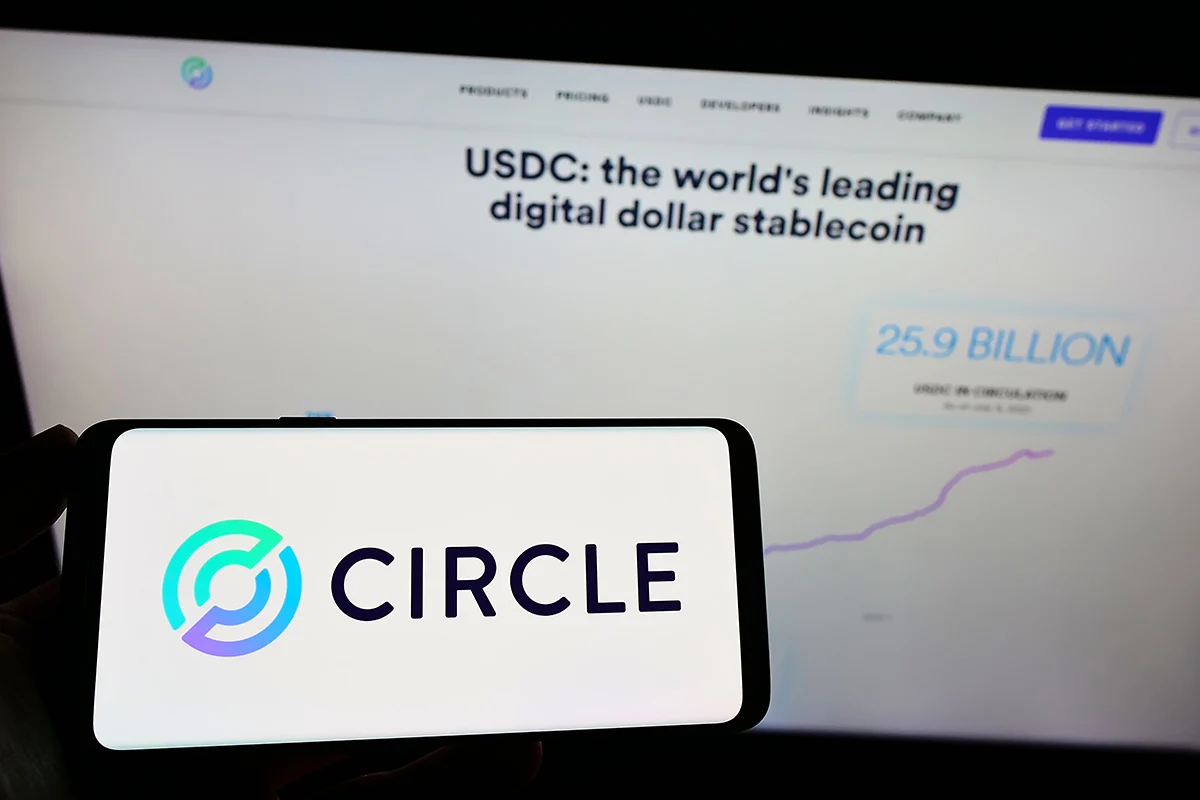Circle Internet Group Stock Slides After Announcing 10 Million-Share Offering
Circle Internet Group Stock Slides After Announcing 10 Million-Share Offering
By
David Goldfarb
Last updated:
August 13, 2025
First Published:
August 13, 2025

Photo: CoinCentral
Circle Internet Group, the company behind one of the world’s most popular stablecoins, saw its stock slip over 5% in after-hours trading on Tuesday after announcing plans to offer 10 million Class A shares to the public.
Of the total, 2 million shares will be newly issued by Circle, while the remaining 8 million will be sold by existing shareholders in a secondary offering. This move comes only a little over two months after Circle made its market debut on June 5, a period in which the stock has already surged more than 450%.
The company also granted underwriters a 30-day option to purchase up to an additional 1.5 million shares, a standard practice that could increase the offering’s size if demand proves strong.
Market Reaction and Investor Sentiment
Circle’s decision triggered a quick pullback in after-hours trading as investors weighed the impact of additional shares hitting the market. The drop came despite the fact that the stock closed the regular session up 1.3%, buoyed by the release of the company’s first quarterly report as a publicly traded entity.
While the report showed a steep net loss of $4.48 per share—largely due to costs tied to its high-profile IPO—Circle posted a 53% revenue jump year-over-year. This growth was fueled primarily by surging adoption of its USD Coin (USDC) stablecoin, which has cemented its position as one of the most trusted digital currencies in the market.
Why the Share Offering Matters
For Circle, the sale of newly issued shares could provide fresh capital to expand its global footprint, invest in blockchain infrastructure, and support regulatory compliance efforts. For existing shareholders selling their stakes, it’s an opportunity to capitalize on the sharp post-IPO rally.
However, the introduction of additional shares could temporarily dilute earnings per share, which sometimes prompts short-term selling pressure. Investors often see such offerings as a balancing act between funding growth and maintaining stock momentum.
Circle’s Position in the Crypto Economy
Circle has rapidly evolved from a crypto startup to a publicly traded fintech leader. Its USD Coin is pegged 1:1 to the US dollar and is widely used for trading, payments, and DeFi applications. With stablecoins now under increasing scrutiny from global regulators, Circle’s ability to scale while maintaining compliance could determine its long-term market dominance.
Since its IPO, Circle’s valuation has climbed dramatically, reflecting not just speculative enthusiasm but also the increasing role stablecoins play in bridging traditional finance and the crypto ecosystem.
The Road Ahead
If the share sale is well-received, it could give Circle both the capital and market confidence to push forward aggressively in new markets. But with competition from other stablecoin issuers and tightening regulatory oversight, the company’s next moves will be closely watched by both crypto insiders and Wall Street investors.
Popular articles
Subscribe to unlock premium content
Global Cultures and the Hidden Drivers of Productivity and Happiness

The Future of Personalized Medicine

Digital Nomads and the New Global Economy

Global Cultures and the Hidden Drivers of Productivity and Happiness

The Future of Personalized Medicine

Global Cultures and the Hidden Drivers of Productivity and Happiness









